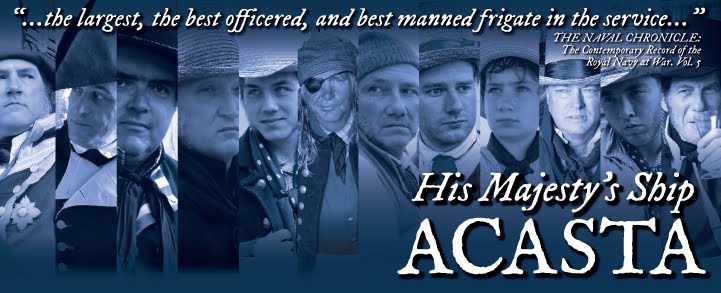
10 September, 1813
Captain Frymann:
It is with a heavy and unwilling heart that I send word of the the first unqualified defeat of a British naval squadron in the history of our nation.
Yesterday, on 10 September, 1813, The squadron of Commodore Robert Heriot Barclay on Lake Erie, including HMS Detroit (21), HMS Queen Charlotte (17), HMS General Hunter (10), HMS Lady Prevost (13), HMS Little Belt (3), and HMS Chippewa (1), was lost to a force of nine American ships under the command of U.S. Captain Oliver Hazard Perry.
The full details of this dreadful catastrophe have not yet reached us here in Halifax, but it is our understanding that Commodore Barclay fought the engagement with great courage and valour, even going so far as to nail his flag to the mast to discourage his men from striking. We are told the Commodore was himself grievously wounded twice in the battle, and from what little I know of him I cannot believe that he was in any way shy or negligent in his duty. Speaking frankly between ourselves, I am of the opinion that so complete a loss as this may be explained only by Commodore Barclay's desperately short supplies of powder, rations, and able seamen.
While I place little faith in the discipline of the American land forces, I need not tell you, my dear Captain, what this defeat could mean for our possessions in Detroit and Amherstburg.
I shall send any further news we receive without loss of a minute, and would be grateful for any additional details you may hear prior to my rejoining Acasta when next you touch at Halifax.
I remain, sir, your humble and obedient servant,
Lt. Tumbusch
P.S. I enclose a few artist's renderings of the engagement which have appeared thus far in the local press, with the usual caveat that these are speculative images by landsmen who lack much knowledge of naval vessels.
Images shown are from the 200th Anniversary re-enactment of the Battle of Lake Erie, held on 2 September, 2013.
 |
| Commodore Perry's flag aboard US Brig Lawrence (represented by Tall Ship Windy) |
 |
| HMS Detroit (represented by Sorlandet), US Brig Niagara, US Brig Caledonia (represented by Pride of Baltimore II), and HMS Little Belt (represented by Friends Good Will) |
|
 |
| US Schooner Ariel (Privateer Lynx) fires on HMS Little Belt (Friends Good Will) |
 |
| US Brig Caledonia (represented by Pride of Baltimore II) |
 |
| US Brig Niagara (replica) |
 |
| US Schooner Ariel (represented by Privateer Lynx) |
 |
| US Schooner Porcupine (represented by Halie & Matthew) |









































